-

The history of Fanny Thoughtless.
-
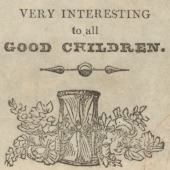
The history of Sally Meanwell, very interesting to all good children
-
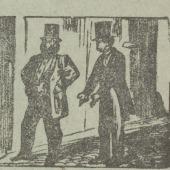
Vida del estudiante bueno y la del malo
-
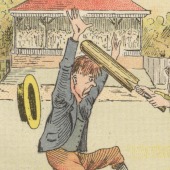
The book of bosh: with which are incorporated some amusing and instructive nursery stories in rhyme
-
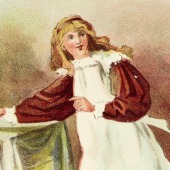
Struwelpeter of today
-
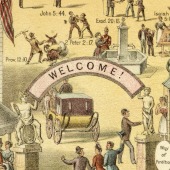
The broad and narrow way
-
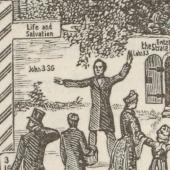
Explanation of the picture “The broad and the narrow way” translated from the German
-
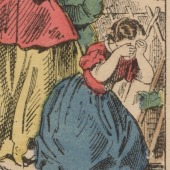
The price of a lie
-
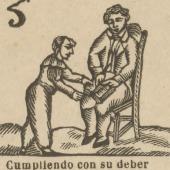
Vida del hombre, obrando bien y obrando mal
-
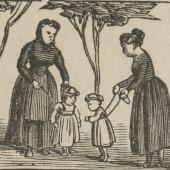
El vicio y la virtud: Auquilla para niños
-
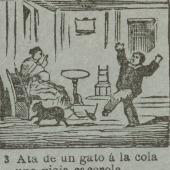
Vida de un calavera
-
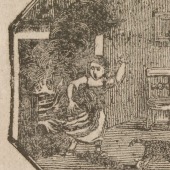
Anecdotes for good children, being select pieces, intended to amuse and instruct them
-
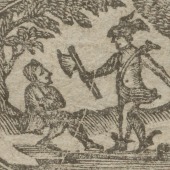
The reprobate’s reward. Or, a looking-glass for disobedient children …
-

The history of Harry Heedless, showing how carelessness leads to trouble.
-
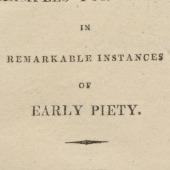
Examples for youth, in remarkable instances of early piety. Selected by William Rawes
-
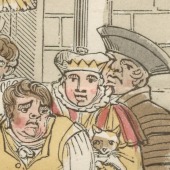
The youth’s moral pilot; or old proverbs and sayings, illustrated with nine coloured engravings, historical tales, anecdotes, and quotations
-
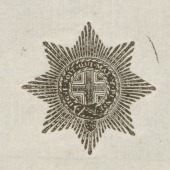
Advice to youth
-
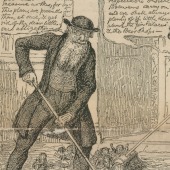
George Cruikshank (1792–1878)
Our 'gutter children'
Knowing right from wrong
Read all about it!
How are we to learn the difference between right and wrong? Although there is some overlap of approach between the two cultures, Spanish popular texts tended to cover the whole life period, and suggested that bad ways in early life led towards bad ways in maturity, and an unpleasant end. The stories were often told in aleluyas, a traditional form of Spanish street-literature in large single sheets based on images to aid those who could not read the words. They illustrate the different lives of those who choose to do right – what you are required by society to do – and those who choose to do wrong.
English writings of this type focused on warning children against bad habits at an early age, in the hope that they would grow up to be respectable adults; bad habits left unchecked could cause more serious problems in later life. Both Spanish and English narratives indicated that there is some freedom of choice in our actions.